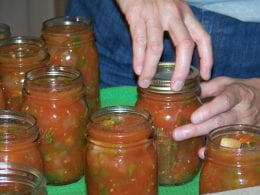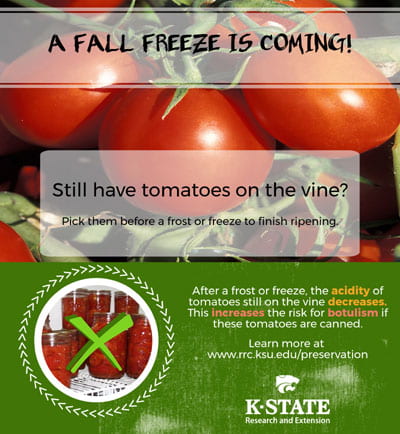September is designated as Food Safety Education Month. How do you communicate food safety education to diverse audiences? The population in the United States is more racially and ethnically diverse today than in the past.
One step in education is using inclusive messages. The Partnership for Food Safety Education is sponsoring a webinar, on August 17, 2023, to discuss incorporating inclusive messaging and positive messaging in food safety education. This webinar will be presented by Dr. Barbara Chamberlin of New Mexico State University, Dr. Kelsey Schwarz and Sara Bresee, MPH of the Centers for Disease Control and Prevention, and Dr. James Rogers of Consumer Reports.
The Partnership for Food Safety Education has regular webinars on many food safety topics. Recordings of those webinars can be found on their website.
For general information about Food Safety Education Month, see these resources:
- Food and Drug Administration
- Partnership for Food Safety Education
- Centers for Disease Control and Prevention
- K-State Research and Extension Food Safety





